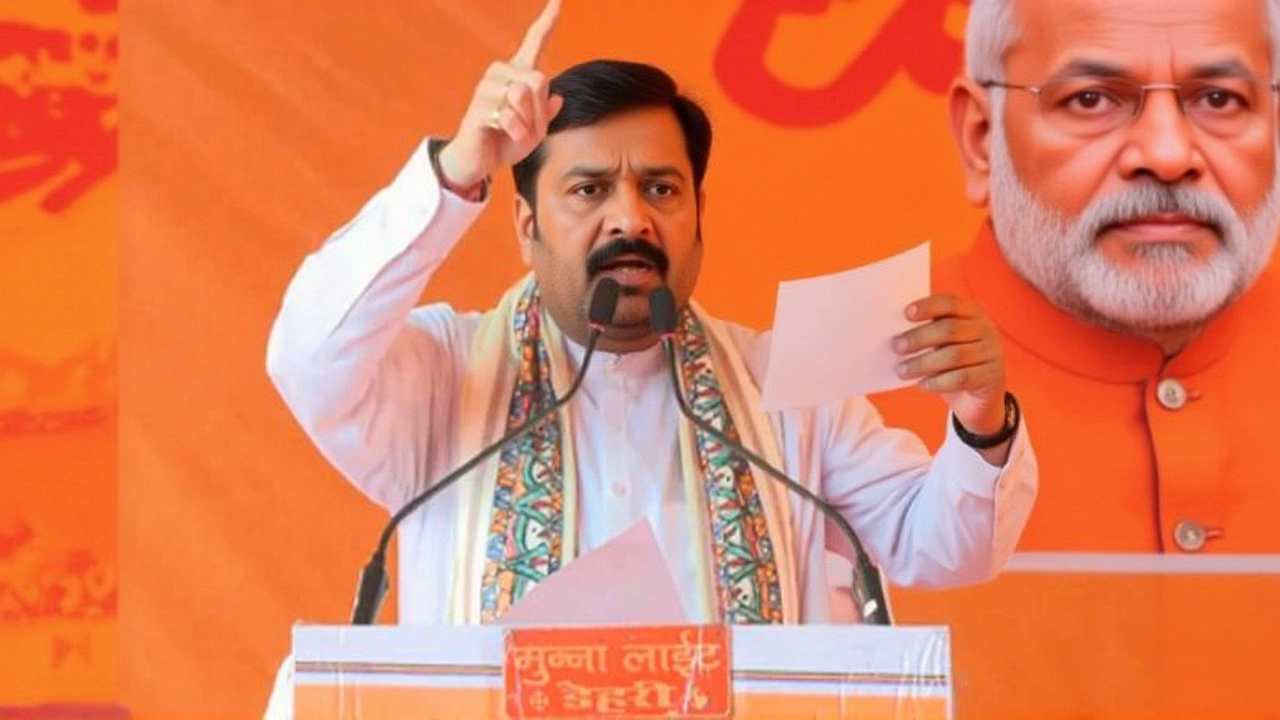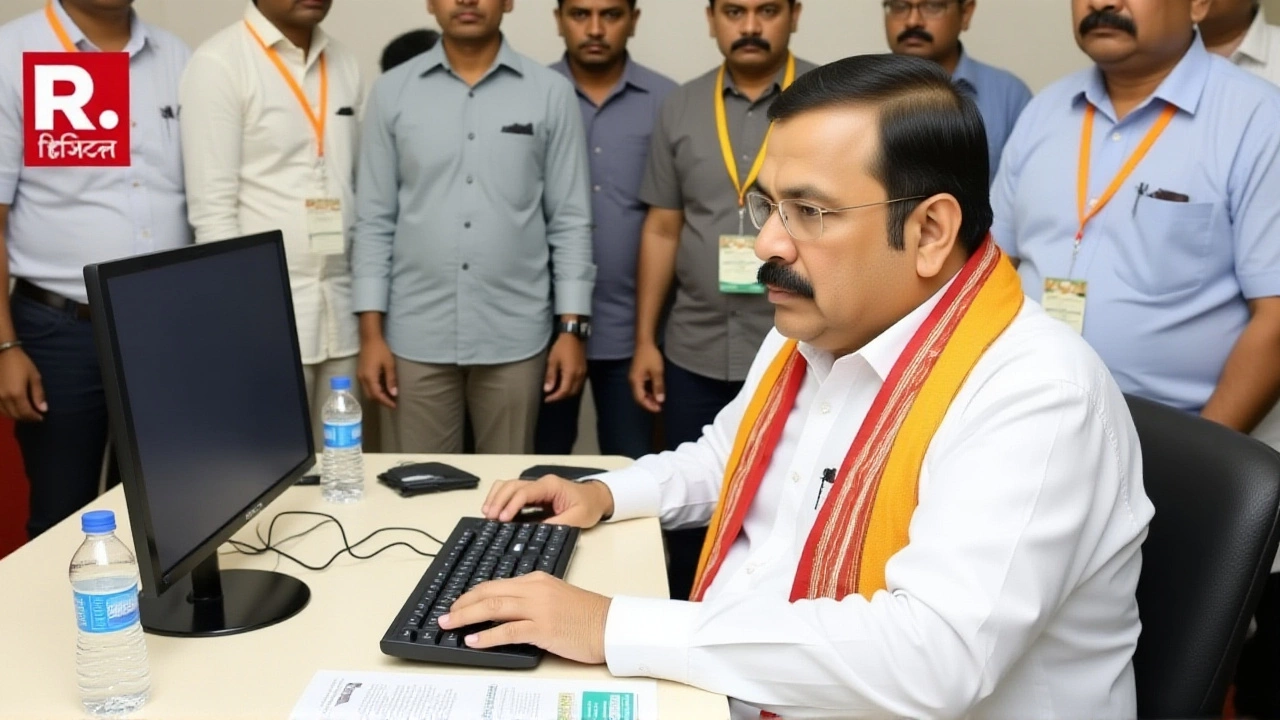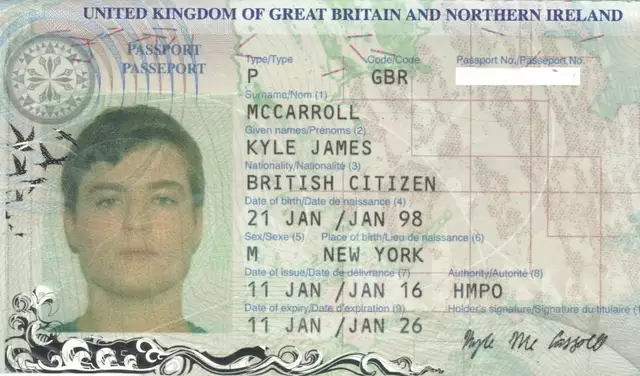When Amit Shah, Union Home Minister of India announced on October 8, 2025 that he had swapped his Gmail address for a Zoho Mail account, the news lit up social feeds like a fireworks display. The post – a brief note on X (formerly Twitter) at 11:18 AM UTC – read, "Hello everyone, I have switched to Zoho Mail. Kindly note the change in my email address. My new email address is [email protected]. For future correspondence via mail, kindly use this address. Thank you for your kind attention to this matter." The tone at the end mimicked former U.S. President Donald Trump, a detail noted by The Times of India in its October 8 report.
- Date of announcement: 8 October 2025
- New email address: [email protected]
- Platform adopted: Zoho Mail, servers located in Chennai, India
- Context: U.S. imposed a 50 % tariff on Indian goods earlier that month
- Broader goal: Strengthen India’s digital self‑reliance under the "Make in India" agenda
Why the Switch Matters
India has been on a steady march toward digital sovereignty for years, but a high‑profile endorsement from a cabinet‑level minister turns policy talk into something you can actually see on a screen. The move is more than a personal convenience; it’s a signal that the government is serious about keeping Indian data on Indian soil. After several high‑profile data breaches involving foreign email providers, officials have warned that sensitive information could be vulnerable to foreign surveillance. By choosing a homegrown service, Shah is essentially saying, "We trust our own engineers more than outsiders."
Industry observers point out that the timing is hardly accidental. Just weeks earlier, President Trump announced a sweeping 50 % tariff on a swath of Indian exports, from textiles to electronics. The trade friction has rattled Indian businesses, and the government has been keen to showcase self‑reliance in every arena – from manufacturing to digital services.
Details of the Announcement
Zoho Mail is part of Zoho Corporation, a Chennai‑based SaaS giant founded in 1996 by Sridhar Vembu and Tony Thomas. The firm, originally called AdventNet, rebranded as Zoho in 2009 and has since expanded into a suite of over 45 cloud applications. On the very day Shah’s tweet went live, Vembu posted a heartfelt reply on X: "Thank you Sir, for your faith in us. I dedicate this moment to our hard‑working engineers who have toiled in Zoho for over 20 years. They all stayed in India because they believed. Their faith is vindicated. Jai Hind, Jai Bharat." The emotional note, reported by India Today on October 9, underscored how much the endorsement meant to a company that has deliberately avoided offshore data centers.
Zoho’s recent launch of Arattai – a chat and calling app aimed squarely at the Indian market – shows the firm is gearing up for a broader push. The app, whose name means "chat" in Tamil, rolled out on Google Play and the App Store the same day as Shah’s announcement, hinting at a coordinated PR effort.
Government’s Swadeshi Digital Drive
Shah’s personal switch is part of a larger, coordinated effort that senior officials have been quietly nurturing. According to a source cited by India TV News on October 8, ministries across the board have been instructed to audit their digital toolkits for foreign dependencies. The Home Ministry, which handles internal security, is especially sensitive to data‑leak risks. In the past six months, at least three other cabinet members have publicly migrated to Indian‑based platforms for email, cloud storage, and video conferencing.
Critics argue that the push could be more symbolic than substantive, pointing out that many Indian agencies still rely on foreign hardware and operating systems. Yet proponents counter that each small shift chips away at the “digital colonisation” narrative that has lingered since the early 2000s.

Implications for India’s Tech Ecosystem
For homegrown firms, the message is crystal clear: the government is ready to be a flagship customer. Analysts at BloombergNEF estimate that India’s domestic SaaS market could swell to $12 billion by 2030 if policy support continues. A high‑profile endorsement could accelerate that trajectory, giving startups confidence to pitch Indian ministries without fearing a “foreign‑only” requirement.
On the flip side, foreign providers are likely to feel the sting. Google, Microsoft, and Amazon have all invested heavily in Indian data centers, and any migration of government traffic could shave off billions in projected revenue. Industry insiders suggest that the tariff skirmish with the United States may have prompted tech firms to lobby harder for a “level‑playing field” that includes clearer data‑localisation rules.
Looking Ahead: Future of Digital Sovereignty
What comes next? A few possibilities are already swirling. First, more ministries could adopt Zoho Mail, Zoho Docs, and Zoho Meeting, turning the suite into a de‑facto government standard. Second, the Ministry of Electronics and Information Technology (MeitY) may release a formal framework mandating data residency for all public‑sector communications – a move that would cement the legal basis for the current trend.
Meanwhile, the political backdrop remains volatile. If the U.S. tariff regime deepens, India may double‑down on “Make in India”‑style policies across the board, from manufacturing to fintech. Conversely, a diplomatic thaw could see a relaxation of pressures and a more balanced tech partnership environment. Either way, Shah’s modest email change is now a litmus test for how quickly India can pivot its digital foundations.
Frequently Asked Questions
Why did Amit Shah switch to Zoho Mail?
Shah cited data‑security concerns and the desire to support Indian‑made technology. The move aligns with a broader government push for digital self‑reliance, especially after recent U.S. trade tariffs heightened nationalistic sentiment.
How does Zoho Mail differ from international providers?
Zoho Mail stores data in servers located within India, complying with local privacy laws and avoiding foreign jurisdiction. It also offers integrated productivity tools that are built specifically for the Indian market, such as the recently launched Arattai chat app.
What impact could this have on other Indian ministries?
If the Home Ministry’s switch proves smooth, we can expect at least five more ministries to transition within the next quarter. Analysts say the government may eventually issue a formal directive making Indian‑based email the default for all public servants.
Could this affect India‑U.S. tech relations?
The shift adds another layer of tension to an already strained trade relationship. While it’s unlikely to halt existing collaborations, it signals to U.S. firms that India is serious about protecting its data ecosystem, potentially prompting renegotiations of data‑localisation clauses.
What does this mean for Indian tech startups?
A high‑profile endorsement can boost investor confidence and encourage startups to focus on domestic cloud solutions. It may also spark a wave of government procurement contracts for Indian SaaS products, fueling sector growth over the next five years.





